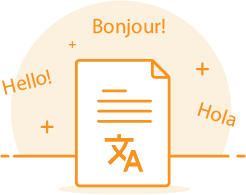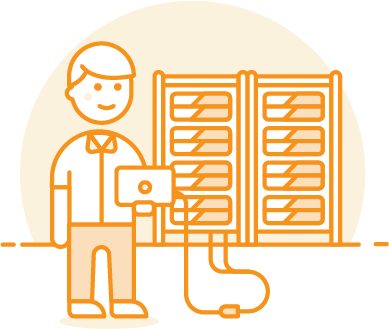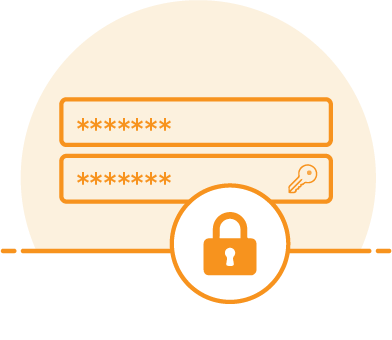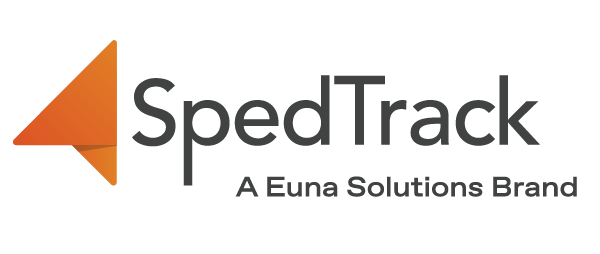What Is the IEP Process?
An Individualized Education Program (IEP) is a written document for students with disabilities that have been evaluated and are eligible for special services. It is a plan for educating children with disabilities who need specially-designed instruction, special education, and related services.
It describes how students with special needs will receive special education services to provide them with equal opportunities and free appropriate public education (FAPE).
IEP development is part of a larger process that includes different elements such as identifying the child’s educational needs, review of eligibility, goal writing, providing services, IEP meetings, and reevaluation of the student’s progress.
In this article, we will dive deep into the IEP process and the seven steps that comprise it, and how it acts as procedural safeguards to the child’s right for free and appropriate public education.
IEP Process Steps
The IEP process is comprised of the following steps:
- Referral for special education evaluation
- Evaluating child’s eligibility for special education services
- Scheduling the IEP Meeting
- Developing the initial IEP
- Providing special education and related services
- Monitoring the child’s progress
- Reviewing the child’s IEP and performing reevaluation as needed
1. Referral for Special Education Evaluation
The IEP process starts with a referral initiated from either the school district or the parent.
The teacher or another professional from the school identifies the child as having difficulty that may require special education and related services, such as speech/language therapy or physical therapy.
Furthermore, federal law mandates the state and public schools to look for, find, and evaluate children who need special education. This is called “Child Find,” which applies to the following:
- All students from birth through 21
- Homeschooled or in private schools — primary or high schools
- Children who are migrants or are homeless
The child is then referred to the school district for an evaluation, which requires consent from the parents. The evaluation must be finished within an acceptable period after parental consent.
2. Evaluate Child’s Eligibility for Special Education Services
After the child’s referral, and consent from the parent, a team conducts the evaluation.
The team is typically composed of a special education teacher, district-level special education expert, and other specialists relevant to the child’s needs, such as a physical therapist, speech and language pathologist, and hearing specialist.
Based on the evaluation results of the student’s educational performance, the team determines whether the child is eligible for special education and related services.
If parents disagree with the evaluation outcomes, they can challenge the decision. Parental rights dictate an option to request an Independent Education Evaluation (IEE), an evaluation by a professional who is not a part of the school.
Parents can discuss the IEP process and their rights as a parent or guardian with their child’s IEP coordinator.
The Individuals with Disabilities Education Act (IDEA) is a special education law that states that a child is eligible for special education or related services if they are evaluated as a “child with a disability” and having one of the thirteen exceptionalities, as follows:
- Hearing impairment (including deafness)
- Visual impairment (including blindness)
- Speech or language impairment
- Orthopedic impairment
- Other health impairment
- Intellectual disability
- Specific learning disability (SLD)
- Serious emotional disturbance
- Autism/autism spectrum disorder (ASD)
- Traumatic brain injury
- Deaf-blindness
- Multiple disabilities
- Developmental delay
3. Schedule the IEP Meeting
Once eligibility for services is finalized, the IEP team must then schedule a meeting to develop an IEP for the child within 30 calendar days.
The school district schedules and facilitates the meeting, ensuring that the members of the IEP team composed of the relevant school personnel, parents/guardians, and invited attendees can attend.
The IEP coordinator must contact parents ahead of time, ensuring the meeting time and place are convenient to school representatives and parents’ schedules. The coordinator also communicates with the meeting attendees. They must tell the parents that they can invite people who bring knowledge or relevant expertise about the child — teacher, specialist, or therapist, and anyone with personal advocacy for the child — to the meeting.
4. Develop the Initial IEP
During the IEP team meeting, the child’s IEP is written. Many people do not know how to set up an IEP, though, and need assistance in figuring out the proper components of an IEP to ensure it will be successful.
The initial IEP should include the following:
- Measurable annual goals
- The child’s present levels of academic achievement and functional performance (PLAAFP)
- Special education and related services the child will receive
- How services will be provided in the least restrictive environment (LRE)
- The amount, frequency, location, and duration of services
- Which setting the services will be provided
- Supplementary aids such as assistive technology, if necessary
Parental consent must be given before implementing the initial IEP and providing the relevant services. In the event of a disagreement, there is an appropriate process to follow to resolve disagreements and gain consent.
Copies of the finalized IEP will be given to everyone in the IEP team, including the child’s special education teacher, service providers, specialists, and parents.
5. Provide Special Education and Related Services
The child begins to receive services after the IEP meeting.
The school must ensure that the IEP is followed. Teachers and service providers are given a copy to ensure that individual responsibilities, accommodations, modifications, supports, and services are carried out.
6. Monitor the Child’s Progress
Progress monitoring is a critical part of the IEP process.
IEP progress on the child’s goals must be measured and reported to parents or guardians. This must be done at about the same time the report cards are typically distributed. However, less formal updates on how the child is tracking against their IEP goals can be provided more regularly than their progress reports.
7. Review the Child’s IEP and Perform Reevaluation as Needed
The student’s IEP must be reviewed at least once during a given school year in an IEP meeting. Parents or the school can request more meetings if they see fit.
Parents or guardians can propose modifications or offer suggestions on the IEP goals, placements, and services during the meeting — requesting reevaluations, hearing, or mediation if necessary.
The U.S. Department of Education, Office of Special Education Programs mandates that a reevaluation of the child and their unique needs must be done at least every three years. The “triennial” evaluation process aims to determine whether the child remains to be a “child with a disability” and if the educational needs have changed over time.
The reevaluation can be done more often based on individual circumstances or if requested by the child’s parents or special and general educations teachers.
Streamline the IEP Process with SpedTrack
If you are involved in a child’s IEP, you know how tedious and painstaking this process can be. Not only are these steps vital for the child’s success, but failure to follow these steps could result in a costly lawsuit. SpedTrack streamlines these processes while helping districts stay compliant every step of the way.
SpedTrack can help make the IEP process run more smoothly. Our platform can empower your entire team to maintain compliance from referral through dismissal.
Request a demo today to see why SpedTrack is the best choice for assisting you with creating and managing IEPs.

















